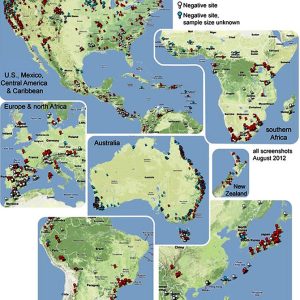 Chytrid Fungus Distribution
Chytrid Fungus Distribution
Entry Type: Thing - Starting with C
 Chytrid Fungus Distribution
Chytrid Fungus Distribution
Circuit Riders
 Circus Woman
Circus Woman
Citizens Bank Building (Jonesboro)
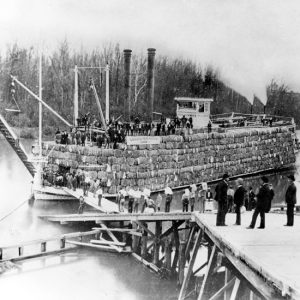 City of Camden Steamboat
City of Camden Steamboat
 City of Jacksonville
City of Jacksonville
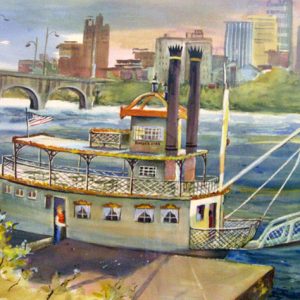 Cityscape
Cityscape
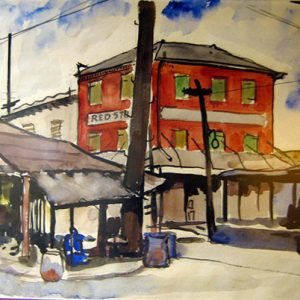 Cityscape
Cityscape
Civil Rights and Social Change
Civil Rights Movement (Twentieth Century)
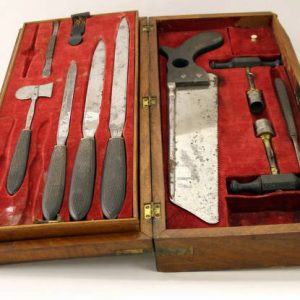 Civil War Amputation Field Set
Civil War Amputation Field Set
Civil War Archaeology
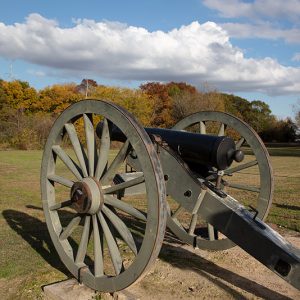 Civil War Cannon
Civil War Cannon
 Civil War Events Map
Civil War Events Map
Civil War Markers and Memorials
Civil War Markers and Memorials (Outside Arkansas)
Civil War Pensions
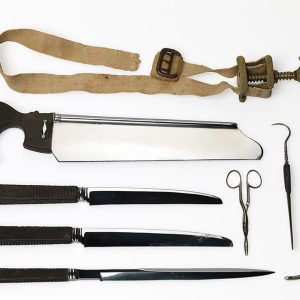 Civil War Surgical Instruments
Civil War Surgical Instruments
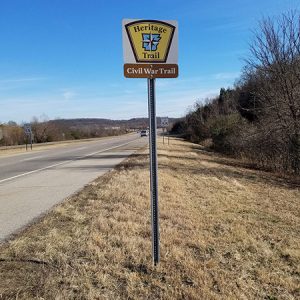 Civil War Trail
Civil War Trail
Civil Works Administration (CWA)
Civilian Conservation Corps (CCC)
 Cladocerans
Cladocerans
 Cladocerans
Cladocerans
Cladocerans
aka: Water Fleas
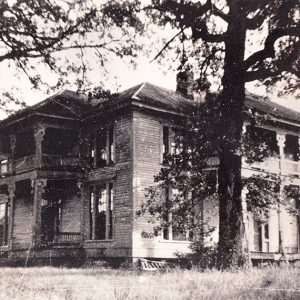 Clardy-Lee House
Clardy-Lee House
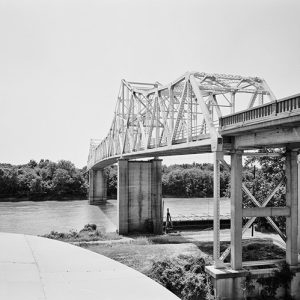 Clarendon Bridge
Clarendon Bridge
Clark County Courthouse
Clark County Library
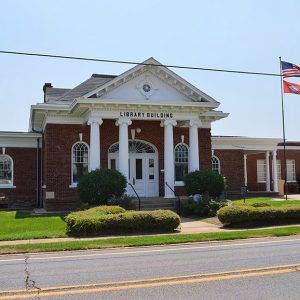 Clark County Library
Clark County Library
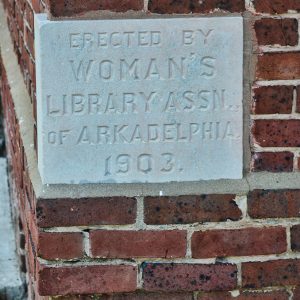 Clark County Library Plaque
Clark County Library Plaque
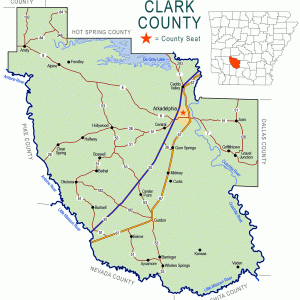 Clark County Map
Clark County Map
Clark County Museum
Clark House (Malvern)
 Wesley Clark Campaign Button
Wesley Clark Campaign Button
Clarke’s Academy
Clarksville [Steamboat]
Clarksville Confederate Monument
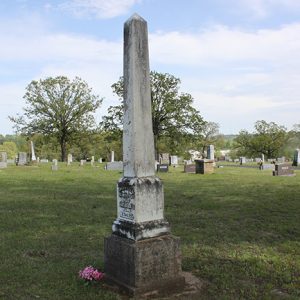 Clarksville Confederate Monument
Clarksville Confederate Monument
Clarksville High School Building No. 1
Clarksville National Guard Armory
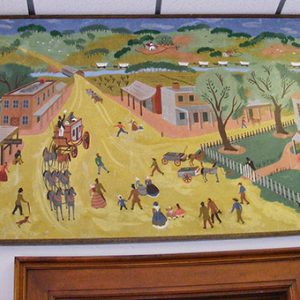 Clarksville Post Office Art
Clarksville Post Office Art
Clash of the Ozarks
Classical Music and Opera
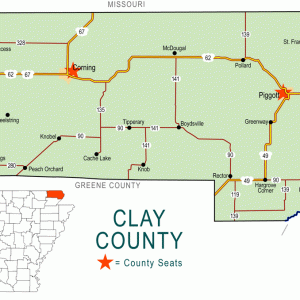 Clay County Map
Clay County Map
 Clay Sculpture
Clay Sculpture
Clear Springs Tabernacle
 Cleaver for President Campaign Button
Cleaver for President Campaign Button
Cleburne County Courthouse
Cleburne County Farm Cemetery
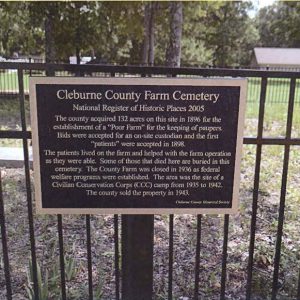 Cleburne County Farm Cemetery Plaque
Cleburne County Farm Cemetery Plaque




